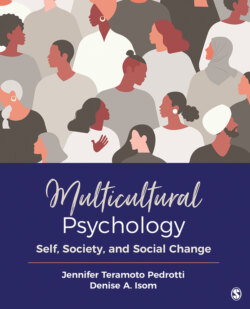Читать книгу Multicultural Psychology - Jennifer T. Pedrotti - Страница 50
На сайте Литреса книга снята с продажи.
High-Context Versus Low-Context Cultures
ОглавлениеAnother cultural factor that may impact worldview is the importance of context in personal and societal interactions. US anthropologist Edward T. Hall proposed the initial descriptions of cultures as high or low context in his 1978 book, Beyond Culture. Hall stated that high-context cultures are those in which following the social norms is crucial to the dynamics of the culture. Examples might be Asian cultures such as those of China or Japan, in which social rules are followed strictly, and conformity and hierarchy are valued strongly (Kim, Pan, & Park, 1998). On the other end of the continuum, low-context cultures, such as that of the United States, value individuality and idiographic experiences and have less focus on following a prescribed social structure (see Table 3.2). Consider your reaction to the preceding definitions. It is likely that you had a positive association with one of them and a less positive association with the other. Now think about your country’s value of context. If you are from the United States, a high-context culture might sound stifling and stuffy. If you are from a non-Western culture, however, you may think that the low-context culture sounds too casual and disrespectful of status. This is yet another way in which our culture impacts our worldview.
